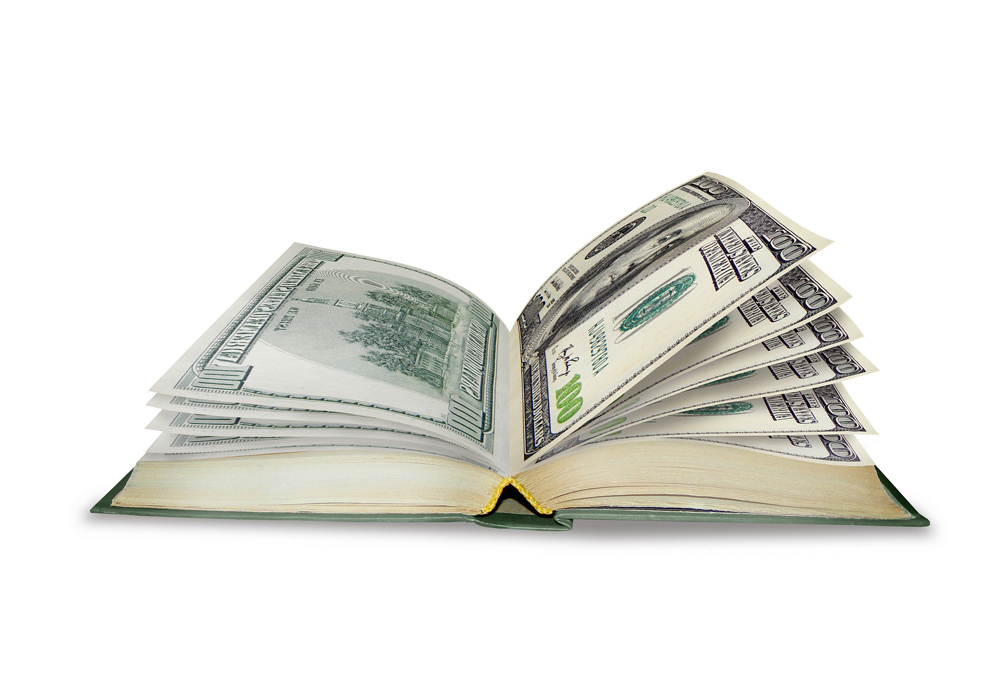
Nearly every lawsuit has a financial component to it. In many cases, the issues surrounding the numbers have high stakes. Cases involving securities fraud, money laundering, tax fraud, investment fraud, and Ponzi schemes rely on an accurate tabulation and evaluation of the numbers. To take the numbers as provided by the other side at face value would be a huge mistake.
In fact, there is almost always a story behind the numbers. A case may very well be won or lost based on the ability to find out the story that is often hidden from view. How, then, can a party best get to the truth?
Where to Start
The first place to start sifting through the numbers is with the financial statements and tax returns. The reliability of these can be questionable, but they often provide lots of useful information. We can’t automatically rely on any of the data in these documents, but forensic accountants can conduct a high level analysis and look for clues to the real story.
Even when financial statements are manipulated, they may inadvertently provide clues about the company’s real income and expenses. Tax returns may provide information on property that was previously unknown, and may also hint to additional lines of business or related companies.
It is possible to get tax information directly from the government, so we can determine whether the tax returns provided in discovery are indeed authentic. This does not speak to whether the correct income and expenses were provided to the government, but it does provide at least one check on the data.
Additional Documentation
The next step in digging into the numbers involves inspecting source documents. Depending on the type of case, it may be possible to get the individual or company to turn over documents that will provide more detail about the income and expenses. This could include invoices, receipts, contracts, and any other financial document that might be used in the accounting process.
Examining the source documents is important because it can help identify customers, vendors, and the details of transactions. While it is true that these documents can easily be forged, there are telltale signs of the forgery that are sometimes left behind. A seasoned professional can find these clues and use them to find the truth.
The best type of documentation in a financial investigation is that which is provided by an unrelated third party. The most common documentation of this type that is used in a forensic analysis is from banks. Except in the rare case where there is collusion between a bank official and the party under investigation, these documents are extremely reliable. The bank statements, check copies, and deposit tickets show exactly where money came from and went to. They are not subject to manipulation if they are received directly from the bank, so they can be relied upon to tell the truth about the money.
Banks are also a source for other interesting documentation. Loan applications and credit card applications often have helpful information within them. And while it is common for applicants to misrepresent data on these applications, such a document can still be helpful in an investigation. At the very least, it might help prove that the target of the investigation is dishonest.
It may be possible to get information on the numbers from other third parties, such as customers, suppliers, business partners, or former spouses. The accessibility of such documentation often depends on the type of case and the subpoena power that is available.
Digging Deeper
Once you’ve got the documentation to perform a thorough financial investigation, the fun work begins. The analysis is often very labor-intensive, especially with cases like money laundering or Ponzi schemes, in which many accounts, entities, and transactions are deliberately used to create a web of confusion.
The data must be harvested and put into a usable format so the numbers can be cross-checked and dots can be connected between people, organizations, and money. The faster this work can be done, the better the attorneys can plot and carry out the litigation strategy.
People lie about numbers, but when you have a financial investigator who can get behind the numbers and find the truth, you create an advantage for your client in litigation. The process of ferreting out the truth isn’t often quick or easy, but be assured that with the right help and the right documents, you can find out where money really went and use that knowledge to fight for your client.



